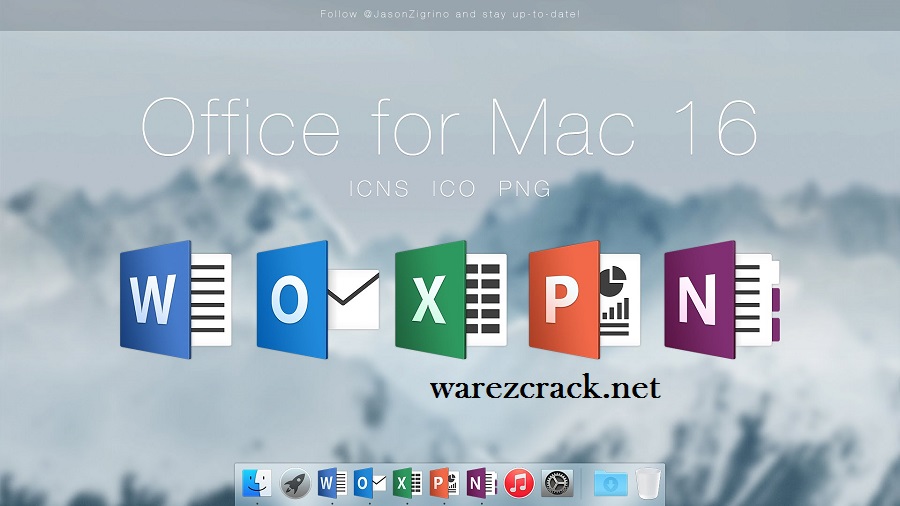
Usgs Download Office For Mac
This function imports.HGT 'height' binary data files from NASA SRTM global digital elevation model of Earth land, corresponding to 1x1 degree tiles of 3-arc seconds resolution (SRTM3, around 90 m) and 1-arc second (SRTM1, around 30 m), and returns coordinates vectors latitude and longitude, and a matrix of elevation values. The function includes also an automatic download of data from the USGS SRTM webserver, so indicating latitude and longitude is sufficient to get the data and instant map plot anywhere in the World. Few examples: readhgt(46:47,-123:-122) plots a map of Seattle and surrounding volcanoes, X = readhgt(48,2,'plot'); plots a map of Paris (France) and returns downloaded SRTM data in structure X. Type 'doc readhgt' for syntax, options, other examples and use. Alright alright for everyone who was Problems with the download not working. It CAN be an issue with the https-stuff.
Install Office 2016 on a Mac. Once the download has completed, open Finder, go to Downloads, and double-click Microsoft_Office_2016_Installer.pkg (the name might vary slightly). Can I install Office 2016 for Mac and Office for Mac 2011 on the same computer? Yes, you can install and use Office 2016 for Mac and Office for Mac 2011 at the same.
If you use Windows you can go to line ~180 (+ -) and Change the Code block to the following: srtm1 = any(strcmpi(varargin,'srtm1')); if srtm1% EXPERIMENTAL: SRTM1 full resolution tiles available here (2016):%url = '; url = '; else% official USGS SRTM3 tiles (and SRTM1 for USA):%url = ';%using different url: url = '; end neoknet-URLs work for me. Might be an idea for others. Hello - I am working on a project that would benefit from global elevation data. I apologize in advance if this question is redundant.I gave this a try, but when I run your example, 'X=readhgt(46:47,-123:-122);' The data is sourced and a message at the end of the printed sourcing lines appears: 'READHGT: In the figure data has been decimated by a factor of 2.' The plot appears and is all light blue - every elevation data point is 0 m. I display X.z and it all comes back as 0.
Please advise? What have I done incorrectly? I am very new to matlab and I am managing my way though great because of this tool. I have a few question if I may. I want to import an area that encompasses a range of a few degrees of lat and longitude using the STRM3 dataset but when I use the 'nodecim', it still decimates the data by a factor of 8. Could you provide an example of the correct syntax?
Also when I import an individual tile I was under the impression that the file would be 1201x1201 pixels yet when the figure comes in its rectangular. I am very new to matlab so please excuse my ignorance. A user asked me how to extract an elevation profile from SRTM data.  Here is a little example (Mount Etna, Sicily): X = readhgt(37,14:15,'merge','plot'); [x,y] = ginput(2) then left-click on 2 different points: you will get 2 coordinates in x and y vectors.
Here is a little example (Mount Etna, Sicily): X = readhgt(37,14:15,'merge','plot'); [x,y] = ginput(2) then left-click on 2 different points: you will get 2 coordinates in x and y vectors.
Then interpolate to create a profile vector: xi = linspace(x(1),x(2)); yi = linspace(y(1),y(2)); zi = interp2(X.lon,X.lat,double(X.z),xi,yi); note you need to use the DOUBLE command since SRTM elevation data are int16 class. Plot the profile on the DEM: hold on,plot(xi,yi,'r'),hold off Since x and y are longitudes and latitudes, the linear profile is an equirectangular approximation (rhumb line or loxodrome) of the great circle. To compute distance along this path: di = sqrt(((xi-x(1)).*cosd(yi)).^2 + (yi-y(1)).^2)*6370*pi/180; where cosd(yi) reduces longitude distance versus latitude, and last factor is latitude degree length in km.
Then plot the profile: figure plot(di,zi) that's all. If you know the profile coordinates, you don't need to use GINPUT and you directly define xi and yi with LINSPACE. 27 Dec 2016 2.7.0.0 adds new option 'wget' to workaround an issue with older releases (.